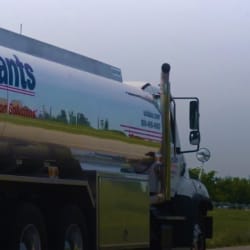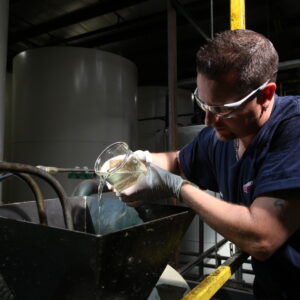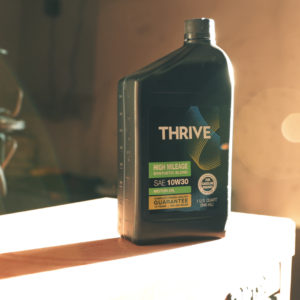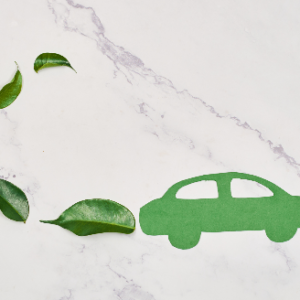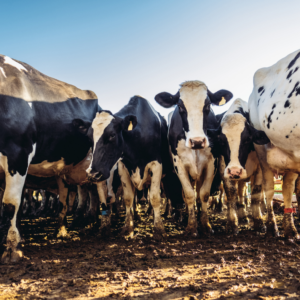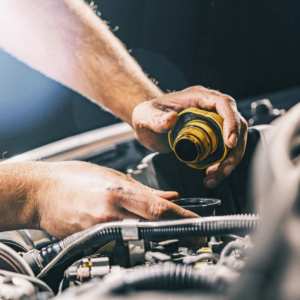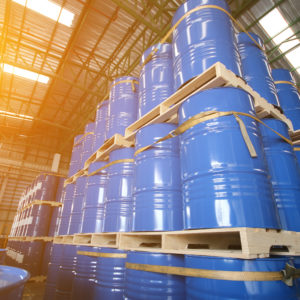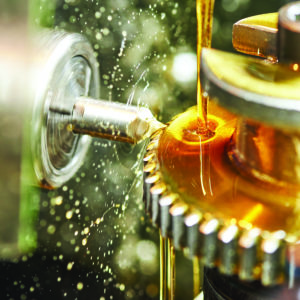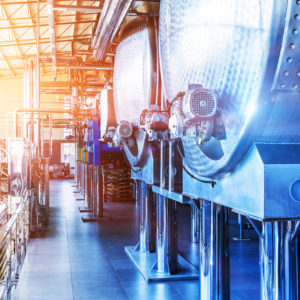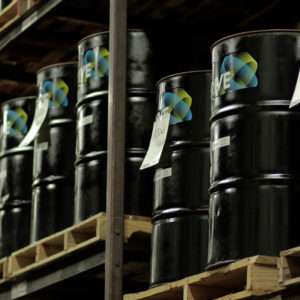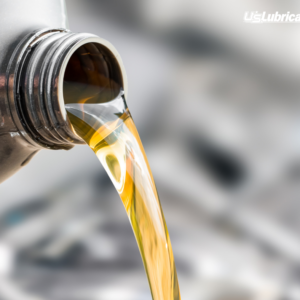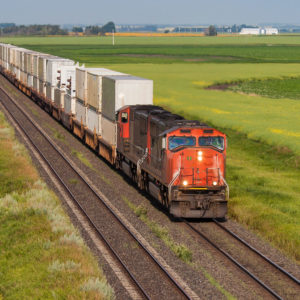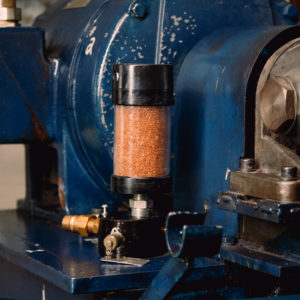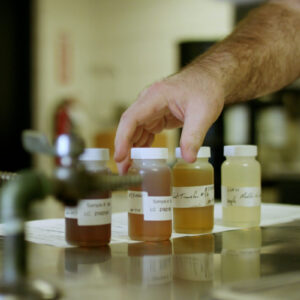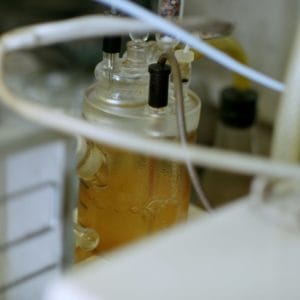Toll blenders will manufacture a formulation you provide them or they work with you to formulate a product tailored to your application. Identifying a toll blending partner that parallels your values and complements your business is an important step in deciding to add a private label to your product offering. Several additional prerequisites should also be considered such as the breadth of product offering, production capacity, geographical location, quality thresholds, and partner flexibility.
Comprehensive Product Offering
Locating a toll blender that meets your current and future needs is critical. Most toll blenders blend passenger car motor oil and automatic transmission fluid (ATF), but there are a few that will blend automotive, commercial, heavy-duty, industrial, and metalworking lubricants and fluids. Identifying the breadth of products for each segment is also important to determine if they are a good partner for your business.
Toll Blending Production Capacity
Storage capacity and minimum batch sizes should be discussed when considering a toll blender. Both components provide an indication of whether the toll blender will be able to accommodate your needs. For example, you may need a small batch size of 2,500 gallons, however, the toll blender has a minimum batch size of double or triple what you need. This product surplus could greatly impact your business.
Key questions to ask a toll blending candidate include:
What is your storage capacity?
Am I able to store products at your manufacturing or distribution plant?
What is your minimum batch size for (insert name of the product)?
Geographical Location of Toll Blender
In 2020 and 2021, the impact of natural disasters on sourcing and supply chains became abundantly clear. When researching toll blenders, it is important to find a partner with at least two toll blending plants located in different regions to reduce supply chain disruption. Choosing a partner with a variety of transportation options such as rail, truck, or third-party partners is essential to ensure uninterrupted transport of your product.
Quality Thresholds
You operate with quality control standards, and it is likely that your customers may have specific standards or regulations that govern the products you distribute. As you discuss these standards, regulations or specifications with your potential toll blending partners, you may find that some are not able to comply. An example of a common standard is ISO compliance. Additional quality control measures such as how often the toll blender does batch testing is important when selecting a partner.
Partner Flexibility
The last item of consideration is the added value the toll blender provides to your business. Some toll blenders promote their responsive service, product content library to differentiate your product, or a solid partnership that enables trust and transparency. Determine what matters most to your business, and then find a partner that will provide you the flexibility to meet current demand and the potential to grow in the future.
Conclusion
Selecting a quality toll blending partner is a complex decision. Finding a partner that manufacturers your product offering, can produce your current and projected gallons, has a diversified distribution network, meets your quality standards, and provides added value can be a lengthy process. It is our hope that this guide helps to simplify the decision. U.S. Lubricants provides toll blending solutions for product development, toll blending, and packaging and shipment.



